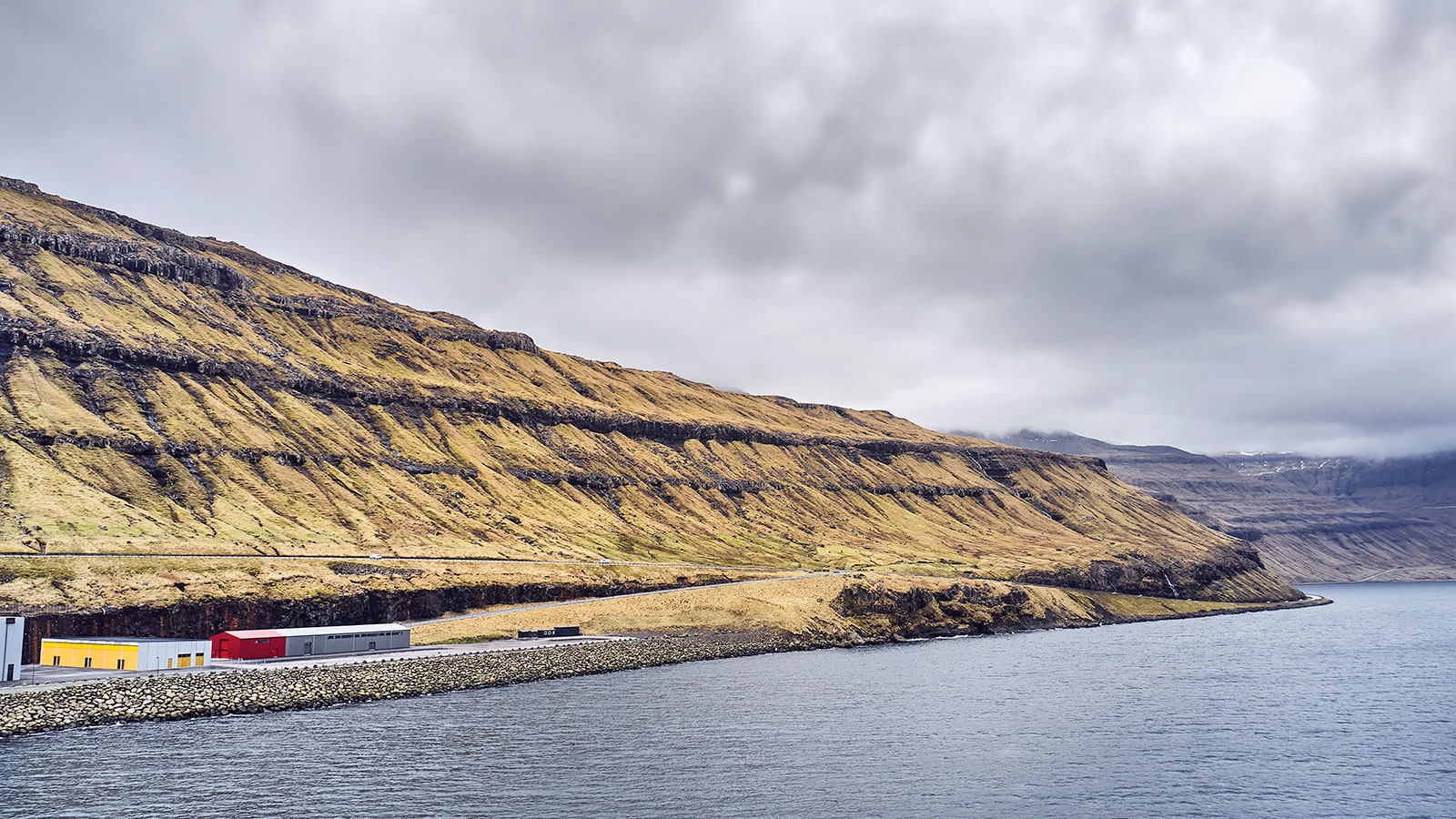The Faroe Islands have made a significant leap in their renewable energy journey, thanks to the integration of a battery energy storage system (BESS) from Hitachi Energy.
During 2022 and 2023, the BESS has increased the share of renewable energy, primarily wind and hydro, in the islands’ energy mix to 50% in 2023. Hitachi Energy has installed two BESS on the islands, both of which will support SEV, the company responsible for the production and distribution of power on the Faroe Islands, in its ambition of achieving 100% renewable energy use on the island.
With their remote location and harsh weather conditions, the Faroe Islands have long relied on imported fossil fuels for electricity production. In 2022, approximately 15% of the islands’ oil consumption (translating to around 290,000 tons of oil or approximately 3.5 TWh of energy), went exclusively to electricity generation.
To put this into perspective, that’s roughly the equivalent of the energy consumed by New York State’s Manhattan Island in about 10 days, all used for electricity production on an island with just over 55,000 inhabitants.
Reducing this consumption presented a significant challenge for grid stability as it required a robust solution that managed fluctuations and ensured a reliable power supply while accommodating the innate variability of wind power.
To address this challenge, the Faroese utility SEV installed the Hitachi Energy e-mesh PowerStore BESS. This installation, the first of its kind on the Faroe Islands, provides full backup for the Porkeri Wind Farm on Suðuroy, the isolated southernmost island.
The BESS stores excess energy generated by wind farms and releases it when needed, stablising the grid and maximising the utilisation of renewable energy sources through advanced frequency regulation controls in grid-forming mode. It has even shown that the BESS can, through its storage capacity, secure 100% wind energy multiple days in a row, which leads to significant cost savings when the island’s thermal power plant is shut down or in stand-by mode.
The BESS solution is designed to handle the variability of wind power, smoothing out fluctuations and providing a continuous power supply. The system ensures that excess wind energy is efficiently stored and utilised during periods of low generation, which is crucial for maintaining grid stability in remote communities like the Faroe Islands.
The integration of the BESS in Suðuroy has been a game-changer. Comparing the first eight months of 2023 and 2024, the system has enabled the island to increase the share of wind energy from 41% to 52%. This dramatic increase has significantly reduced the islands’ reliance on imported oil and lowered their carbon footprint while the local community enjoys fewer power outages and a more stable, sustainable energy supply.
The first BESS on the main island was inaugurated in December 2023; SEV plans to install two more battery energy storage systems in the next two years and, by 2026, be able to run a 100% wind-based power system. The vision of SEV is to have a 100% renewable electricity system by 2030.

